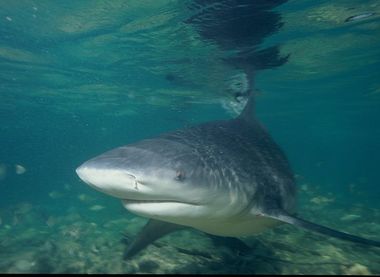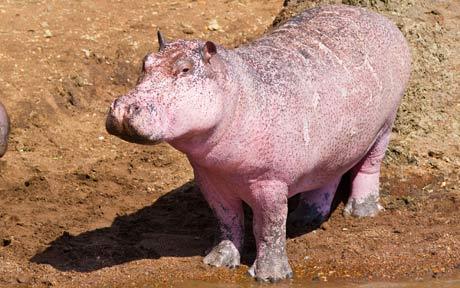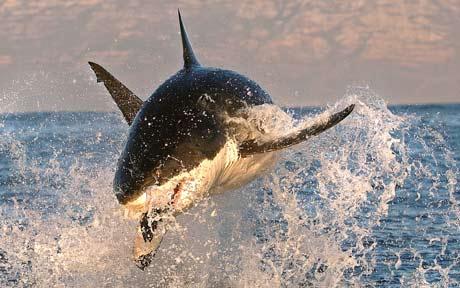
© Agence France-PresseMale giant panda Kou Kou
Chinese experts sent to Japan to investigate the death of a giant panda on loan to a zoo have determined that the animal died of asphyxiation, state media reported Saturday.
Kou Kou died last month at the Oji zoo in the western port city of Kobe after it had received an anaesthetic so that veterinarians could extract semen from the 14-year-old male panda to impregnate his partner, Tan Tan.
Experts found that Kou Kou had suffocated when "objects in its stomach went into its lungs, leading to asphyxiation," the official Xinhua news agency reported.
Earlier, reports suggested the experts believed that the death could have been caused by an overdose of sedatives and were questioning why Japanese veterinarians were extracting semen outside the animal's mating period.
A breeding agreement between Beijing and Tokyo includes the stipulation that Japan pay 500,000 dollars in compensation if a panda dies due to human error, state media reported previously.



